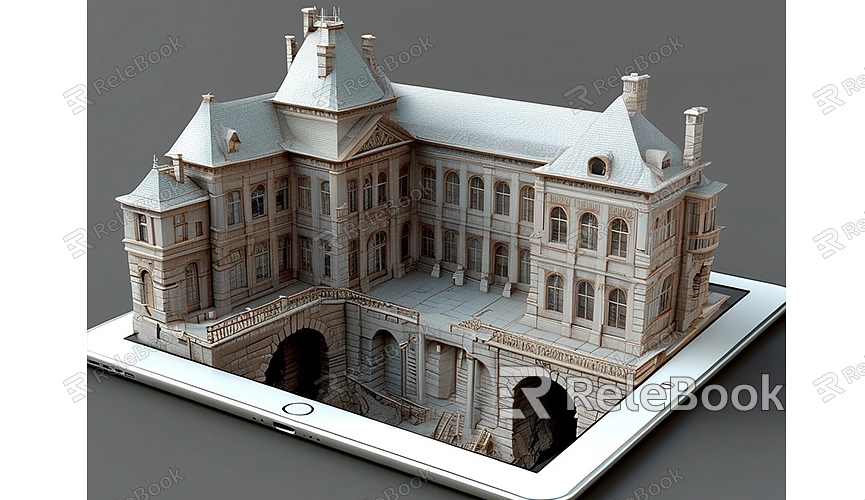How to Make a 3D virtual Model
Creating a 3D virtual model is an exciting and challenging process widely used in game development, film production, virtual reality, and product design. This article will provide a detailed guide on how to create a high-quality 3D virtual model, helping you take a solid step forward in this field.
Choosing the Right Software
Before starting the creation of a 3D virtual model, it's crucial to choose the right 3D modeling software for you. There are many excellent options available, such as Blender, Maya, and 3ds Max. For beginners, Blender is a great choice because it is free, open-source, and has extensive online tutorials and community support.
Learning Basic Operations
Regardless of which software you choose, mastering its basic operations is the first step. Understanding the interface layout, common tools, and shortcuts will greatly enhance your efficiency. You can quickly get started by watching online tutorials or attending training courses. Blender's official website offers many free tutorials to help you learn from scratch.

Concept Design and References
Before actual modeling, it's important to prepare concept designs and reference materials. You can hand-draw design sketches or search for relevant reference images online. These materials will help you maintain consistency and accuracy during the modeling process. If you need high-quality 3D textures, HDRIs, or model downloads for creating models and virtual scenes, you can use Relebook. Download the textures and 3D models, and directly import them into Blender for immediate use.
Creating the Base Model
When you start modeling, begin with simple geometric shapes like cubes, spheres, and cylinders. Use these basic shapes to gradually build more complex models. In Blender, you can add basic geometric shapes and then use extrusion, scaling, and rotation operations to shape the model.
Refining the Model
Once the base model is complete, you can start refining it. Use sculpting tools and subdivision surface techniques to add details and complexity to the model. For example, in Blender, the sculpting tools can easily add textures and details to make the model more realistic.
Adding Materials and Textures
Materials and textures are essential components of a 3D model, determining its appearance and feel. In Blender, you can use the material node system to create complex material effects. Applying high-quality texture maps can make the model look more realistic. You can download free texture maps online or create your own by taking photos or drawing. If you need high-quality 3D textures and HDRIs, you can use Relebook. Download the textures and 3D models, and directly import them into Blender for immediate use.
Setting Up Lighting and Camera
Lighting and camera setup are crucial for the final render effect. In Blender, you can use different types of lights (such as point lights, spotlights, and ambient lights) to simulate real-world lighting effects. Adjust the light's color, intensity, and position to ensure the model looks its best when rendered. Additionally, setting up the camera angle properly will showcase the model from its best perspective.
Rendering and Post-Processing
After completing the model, you can start rendering. Rendering is the process of converting a 3D model into a 2D image. In Blender, you can use the Cycles or Eevee render engines to render high-quality images. Once rendering is complete, you can use image editing software (like Photoshop) for post-processing to further enhance the image quality.
Exporting and Sharing
Finally, export the completed 3D model in commonly used file formats such as OBJ or FBX. You can share the model with others or upload it to 3D model sharing platforms to interact with 3D artists worldwide.
By following these steps, you can create a high-quality 3D virtual model. Creating 3D models requires patience and practice. Continuously learning and trying new techniques will help you improve your skills. If you need high-quality 3D textures, HDRIs, or model downloads for creating models and virtual scenes, you can use Relebook. Download the textures and 3D models, and directly import them into Blender for immediate use.

